Daily History Lesson – January 21st
Every true history must force us to remember that the past was once as real as the present and as uncertain as the future.
~George Macaulay Trevelyan
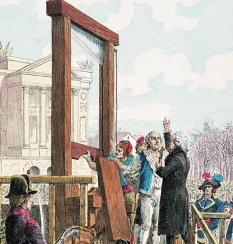
1793 – One day after being convicted of conspiracy with foreign powers and sentenced to death by the French National Convention, King Louis XVI was executed by guillotine in the Place de la Revolution in Paris.
1861 – Five Southerners resigned from the U.S. Senate, including Jefferson Davis of Mississippi, the future president of the Confederacy.
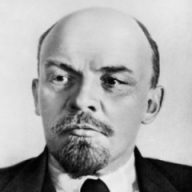
1924 – Vladimir Lenin, the architect of the Bolshevik Revolution and the first leader of the Soviet Union, died of a brain hemorrhage at the age of 54.
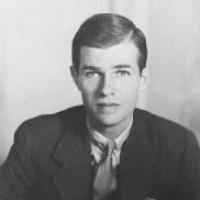
1950 – In the conclusion to one of the most spectacular trials in U.S. history, former State Department official Alger Hiss was convicted of having perjured himself in regards to testimony about his alleged involvement in a Soviet spy ring before and during World War II. Hiss served nearly four years in jail, but steadfastly protested his innocence during and after his incarceration.

1950 – George Orwell (wrote The Road To Wigan Pier, Animal Farm, Nineteen Eighty-Four) died of tuberculosis at the age of 46. He was buried in All Saints’ Churchyard, Sutton Courtenay, Oxfordshire, UK.
His gravestone reads: bears the simple epitaph: Here lies Eric Arthur Blair, born 25 June 1903, died 21 January 1950. No mention is made on the gravestone of his more famous pen name.
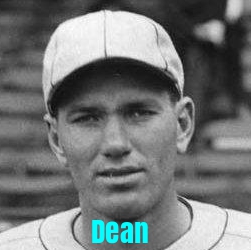
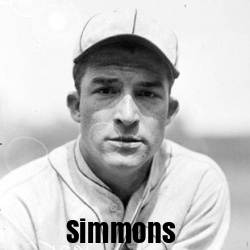

1953 – Dizzy Dean and Al Simmons were elected to the Baseball Hall of Fame by the Baseball Writers’ Association of America.
Incredibly, Joe DiMaggio failed to be elected on his first try. He only received 44.3% support. 264 ballots were cast and DiMaggio was named on just 117 of them.
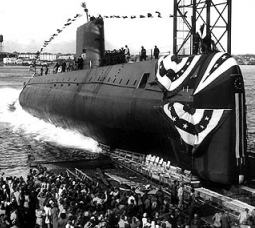
1954 – The first atomic submarine, the USS Nautilus, was launched at Groton, Conn.
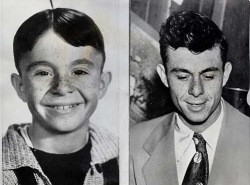
1959 – Carl Switzer (played the role of Alfalfa in the Our Gang series in the 1930s) was shot to death in a dispute over a $50 debt. Switzer was 31.
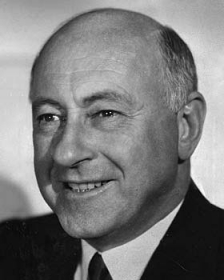
1959 – Film director Cecil B. DeMille (The Ten Commandments, Samson and Delilah, The Greatest Show On Earth, and the original version ofCleopatra) died of heart failure at the age of 77.

1967 – Actress Ann Sheridan (Angels With Dirty Faces, The Man Who Came To Dinner, Kings Row) died of esophageal and liver cancer at the age of 51.

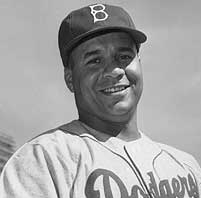
1969 – Stan Musial and Roy Campanella were elected to the Baseball Hall of Fame by the Baseball Writers’ Association of America.
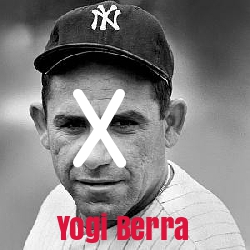
1971 – No one was elected to the Hall of Fame by the Baseball Hall of Fame by the Baseball Writers’ Association of America.
18-time All Star Yogi Berra received the highest percentage of votes (67.2%) but fell 28 votes short of the required 75%.
Berra’s rejection – and DiMaggio’s above) – were not the only time the Baseball Writers shot themselves in the foot. Cy Young, Rogers Hornsby, Carl Hubbell, Lefty Grove, Hank Greenberg, Robin Roberts, Whitey Ford, Eddie Mathews, Grover Cleveland Alexander, Harmon Killebrew, Jimmie Foxx, Ferguson Jenkins, Duke Snider, Mel Ott, Tris Speaker, Juan Marichal, Pie Traynor, Dizzy Dean, Roy Campanella, Bill Dickey, Catfish Hunter, Rollie Fingers, Gaylord Perry, Carlton Fisk, Jim Rice and Roberto Alomar, among others, all failed to generate enough votes for induction their first time on the ballot.
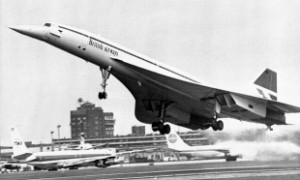
1976 – From London’s Heathrow Airport and Orly Airport outside Paris, the first Concorde supersonic jetliners, with commercial passengers, simultaneously took flight. The London flight was headed to Bahrain in the Persian Gulf, and the Paris to Rio de Janeiro via Senegal in West Africa. At their cruising speeds, the innovative Concordes flew well over the sound barrier at 1,350 miles an hour, cutting air travel time by more than half.
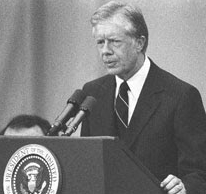
1977 – One day after his inauguration, President Jimmy Carter kept a campaign promise and pardoned almost all Vietnam War draft evaders. Carter’s decision generated a good deal of controversy.
Carter’s pardon stated that only civilians who were convicted of [violating] the Military Selective Service Act by draft-evasion acts or omissions committed between August 4, 1964 and March 28, 1973 were eligible. The pardon was unconditional and wiped criminal records clean, but it only applied to civilians, not the estimated 500,000 to 1 million active-duty personnel who went AWOL or deserted during the war.
Heavily criticized by veterans’ groups and others for allowing unpatriotic lawbreakers to get off scot-free, the pardon and companion relief plan also came under fire from amnesty groups for not addressing deserters, soldiers who were dishonorably discharged or civilian anti-war demonstrators who had been prosecuted for their resistance.

1979 – The Pittsburgh Steelers defeated the Dallas Cowboys, 35-31 at Super Bowl XIII. MVP: Steelers’ quarterback Terry Bradshaw passed for 318 yards and 4 TDs to win the Most Valuable Player award.
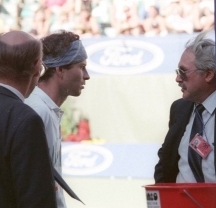
1990 – At the Australian Open in Melbourne, American tennis player John McEnroe became the first player since 1963 to be disqualified from a Grand Slam tournament for misconduct.
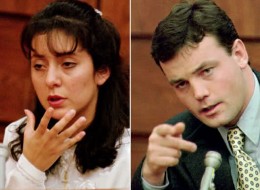
1994 – A jury in Manassas, Va., acquitted Lorena Bobbitt by reason of temporary insanity of maliciously “wounding” her husband, John, whom she had accused of sexually assaulting her.
“Wounding” seems like such an understatement.
1996 – The 555-ton Gurita, typically used to ferry passengers between Indonesia’s islands, was sunk in an unexpected storm off the coast of Sumatra, Indonesia. Although exact numbers were impossible to determine, approximately 400 people were on board when the ship left Jakarta, well in excess of the official capacity of 220.
When the Gurita encountered a strong storm just six miles from Sabang, the overload exacerbated the disaster. As the ship began to sway and lurch violently, people began to panic and fight over life jackets, as there were not enough for everyone on board.
The Gurita sank quickly, and the surrounding waters quickly filled with bodies. Sharks then preyed for days on the bodies of the dead and those still living. Of the estimated 400 on board, only 47 survived.
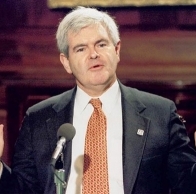
1997 – The U.S. House of Representatives voted 395–28 to reprimand Speaker Newt Gingrich for ethics violations, making him the first Speaker of the House to be so disciplined.
Eighty-four ethics charges were filed by Democrats against Gingrich during his term as Speaker. All were eventually dropped except for one: claiming tax-exempt status for a college course run for political purposes. In addition to the reprimand, Gingrich was ordered to reimburse the House for some of the costs of the investigation in the amount of $300,000.
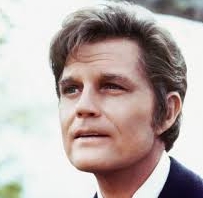
1998 – Actor Jack Lord (Dr. No, Stoney Burke, Hawaii Five-0) died of congestive heart failure after a two-year battle with Alzheimer’s disease. He was 77.
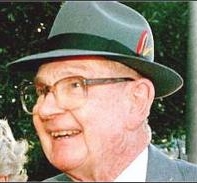
2001 – Byron De La Beckwith, convicted of killing civil rights leader Medgar Evers in 1963 (but not convicted until 1994), died at the age of 80 in Mississippi State Prison.
2003 – The Census Bureau announced that Hispanics had surpassed blacks as America’s largest minority group.
2009 – After more than seven decades as the world’s largest automaker, General Motors officially lost the title on this date when it announces worldwide sales of 8.36 million cars and trucks in 2008, compared with Toyota’s 8.97 million vehicle sales that same year.
2010 – A bitterly divided Supreme Court, in Citizens United v. Federal Election Commission, vastly increased the power of big business and labor unions to influence government decisions by freeing them to spend their millions directly to sway elections for president and Congress.
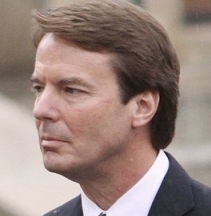
2010 – Former Democratic presidential candidate John Edwards admitted fathering a child during an affair before his second White House bid.
Compiled by Ray Lemire ©2016 RayLemire.com. All Rights Reserved.